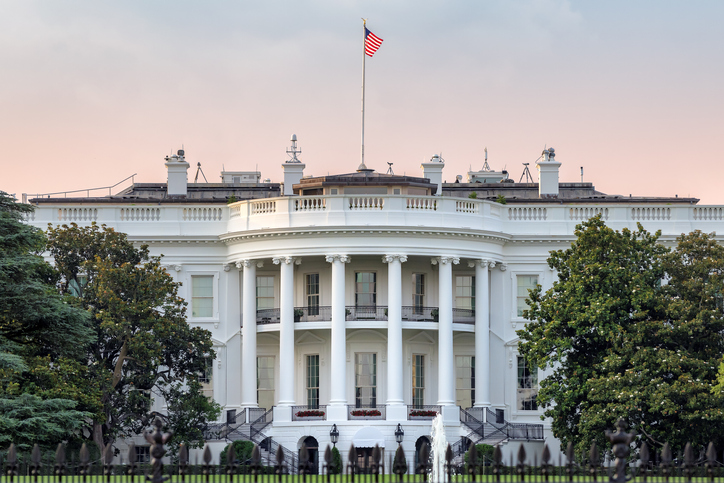
Many deaf and hard of hearing Americans have noticed an absence of American Sign Language interpreters at the White House’s regular COVID-19 press briefings throughout the coronavirus pandemic—that won’t be the case any longer, though.
On November 13, an ASL interpreter signed at one of the White House’s COVID briefings for the first time ever, according to ABC 7. This comes on the heels of a federal lawsuit between the National Association of the Deaf (NAD) and the White House, in which the NAD claimed the White House was excluding deaf people from easily accessing critical information about the pandemic by not providing ASL interpretation at the briefings. The NAD won the lawsuit at the end of September, and the White House must now provide interpretation at all public COVID briefings.
“There was an information gap for many of us in the deaf and hard of hearing community,” Howard Rosenblum, CEO of the NAD, told ABC 7. “We weren’t getting information, the captions were not enough for many members of the community.”
Although all 50 states have had ASL interpreters for their governors’ public COVID briefings, the White House had not provided one throughout the duration of the pandemic, instead relying on closed captioning. According to a statement, a previous request for an ASL interpreter was refused.
Many members of the deaf and hard of hearing community find ASL interpretation preferable to closed captioning because ASL is their native language. On the other hand, people born deaf or hard of hearing must learn to read English as a second language—ASL and English are distinct languages and as such, have vastly different syntax and morphology.
ASL isn’t always preferable to closed captioning. Many people who lose hearing later in life are more comfortable with English than ASL, and as such, interpretation can’t entirely replace closed captioning. However, because live captioning is not always entirely accurate, interpretation can be especially useful for time-sensitive information, as it helps to minimize the risk of misunderstandings.
In a statement following the judge’s decision, Rosenblum noted that the NAD’s success sets a precedent, marking the first time a U.S. President has provided ASL interpretation at any press briefing.







